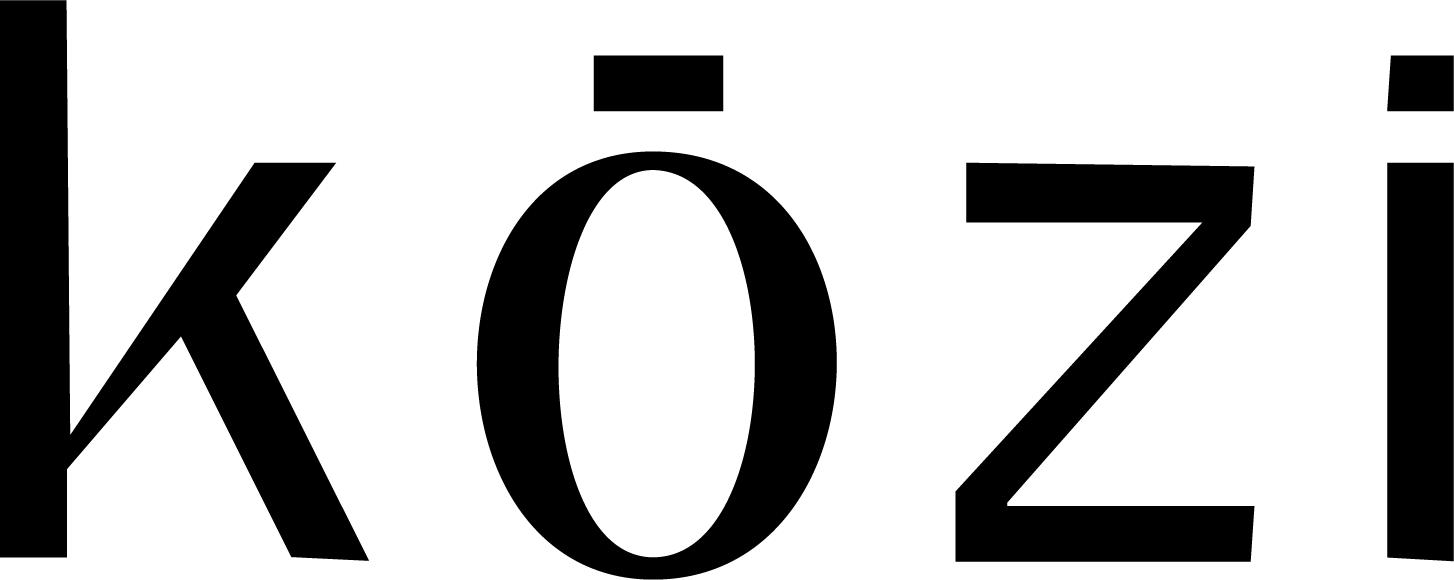1. Introduction
Kozi is committed to ensuring the confidentiality, integrity, and availability of its information assets. This security policy outlines the measures and procedures to be implemented to protect against unauthorized access, disclosure, alteration, or destruction of sensitive information.
2. Policy Statement
Our organization recognizes the importance of information security in maintaining the trust of our stakeholders and protecting our business operations. We are committed to implementing and maintaining effective security controls to mitigate risks and safeguard our information assets.
3. Information Classification
Information assets shall be classified into categories based on their sensitivity and criticality. Classification levels include:
Confidential: Information requiring the highest level of protection due to its sensitive nature.
Internal Use Only: Information intended for internal use and not to be disclosed to external parties without proper authorization.
Public: Information intended for public consumption and not considered sensitive.
4. Access Control
Access to information assets shall be restricted to authorized individuals based on the principle of least privilege. Access control measures include:
User authentication: Strong passwords, multi-factor authentication (MFA), and biometric authentication.
Role-based access control (RBAC): Assigning user roles and privileges based on job responsibilities.
Access logs: Monitoring and auditing user access to sensitive information.
5. Data Encryption
Sensitive data shall be encrypted in transit and at rest using industry-standard encryption algorithms and protocols. Encryption measures include:
Transport Layer Security (TLS) for securing data in transit.
Advanced Encryption Standard (AES) for encrypting data at rest.
Encryption key management to ensure the secure storage and distribution of encryption keys.
6. Incident Response
Procedures shall be established for detecting, reporting, and responding to security incidents. Incident response measures include:
Incident detection: Monitoring systems and networks for signs of unauthorized access or malicious activity.
Incident reporting: Prompt reporting of security incidents to the designated incident response team.
Incident response plan: Defined procedures for containing, investigating, mitigating, and recovering from security breaches.
7. Physical Security
Physical security controls shall be implemented to protect against unauthorized access to facilities and equipment. Physical security measures include:
Access controls: Securing entry points with locks, access cards, and biometric scanners.
Surveillance systems: Monitoring and recording activities in sensitive areas.
Visitor management: Verifying the identity and purpose of visitors before granting access to premises.
8. Security Awareness Training
Regular security awareness training shall be provided to all employees to educate them about security risks and best practices. Security awareness training includes:
Recognizing phishing attempts, social engineering tactics, and other common threats.
Understanding the importance of protecting sensitive information and complying with security policies.
9. Third-Party Risk Management
Guidelines shall be established for assessing and managing security risks associated with third-party vendors and service providers. Third-party risk management measures include:
Due diligence reviews: Evaluating the security posture and practices of third-party vendors before engaging in business relationships.
Contractual agreements: Including security requirements and obligations in contracts with third-party vendors to ensure compliance with security standards.
10. Compliance and Audit
Our organization shall comply with relevant laws, regulations, and industry standards governing information security. Compliance and audit measures include:
Regular security audits and assessments to evaluate compliance with security policies and procedures.
Documentation and reporting of security controls, incidents, and audit findings for regulatory and internal purposes.
11. Policy Review and Updates
This security policy shall be reviewed regularly and updated as necessary to address emerging security threats and vulnerabilities. Policy review and updates include:
Periodic assessments of the effectiveness of security controls and procedures.
Communication of policy changes to all stakeholders and ensuring awareness of updated security requirements.
12. Enforcement and Consequences
Violations of this security policy may result in disciplinary action, up to and including termination of employment or legal action. Enforcement and consequences include:
Consistent application of disciplinary measures for non-compliance with security policies and procedures.
Prompt investigation and resolution of security incidents and violations.
13. Appendices
Additional resources, references, and supporting documentation related to specific security controls, procedures, or technologies shall be included in appendices for reference and guidance.
To report a suspicious activity – info@koziwellness.com





